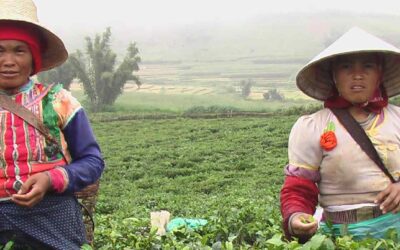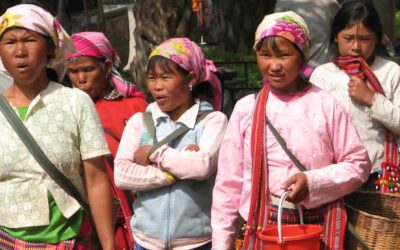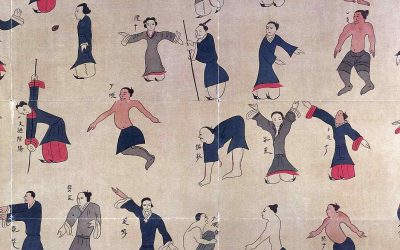Zhuang Nationality in Wenshan Prefecture
Wenshan Zhuang and Miao Autonomous Prefecture lies in the eastern section of Yunnan Province. Scarcely visited by local and international tourists with populations not considered of enough interest by the academic world, is one of the less known prefectures of Yunnan province.
Far from this superficial picture, Wenshan Prefecture possesses an ethnic diversity that makes it one of the most interesting places to travel. Wenshan Prefecture is mainly populated by Zhuang, Miao, Yi and Han nationalities. Any of these nationalities have well differentiated branches, we will introduce here the main branches of the Zhuang.
As is evident to every person that has traveled in the prefecture, there is a great variety of peoples included under the name Zhuang. In fact, among the suggestions to denominate Wenshan prefecture in 1957, three proposals were forwarded:
- To call it Wenshan Zhuang and Miao Autonomous Prefecture.
2. Wenshan Bu Nong, Bu Ya and Miao Autonomous Prefecture.
3. Wenshan Nong, Sha and Miao Autonomous Prefecture.
At the end, as everybody can guess, the first one was chosen. Maybe the reader is now wandering what means Bu Nong, Bu Ya, Nong, or Sha.
All these names are related to the three Zhuang branches that inhabit Wenshan Prefecture: Nong, Sha and Tu.
Most of the Zhuang of Wenshan belong to the Nong branch, about 600,000 people who constitute 50-60% of the total Zhuang population. They call themselves Bu Nong or Bu Xiong, and they can be found in every county of Wenshan. There are also interesting differences among them, which makes them to be known as:
– Nong Dau or Dau, in Guangnan County.
– Nong Yang or Yang in Xichou and Malipo counties.
– Nong Du or Du in Maguan County.
– Nong Dai or Dai in Guangnan County.
– Nong Chun in Maguan County.
The Sha branch has a population of around 300,000 people. They call themselves in different ways, a variation that is reflected in their dresses.
– Bu Yai
– Bu Ha.
– Bu Yue.
The third branch, the Tu, has a population of 100,000 people, and they call themselves Pu Dai. According to their headdress they are divided in:
– «Flat Headdress» Bu Dai or Tu.
– «Piled headdress» Bu Dai or Tu.
– «Pointed headdress» Bu Bai or Tu.
All those who have traveled to Wenshan, and have found that the ethnic clothes of the Zhuang were a labyrinthic issue, now can understand that they reflect an ethnic richness maybe not considered before.
This information has been extracted of the book:
Wang Minfu and Eric Johnson.- Zhuang Cultural and Linguistic Heritage, Yunnan Nationalities Publishing House. Kunming, 2008.
Image: Author’s photograph taken in 2005.
Last posts
The Bull that Shaped the World and Other Sacred Bovines among the Bulang Minority
The Bull that Shaped the World and Other Sacred Bovines among the Bulang Minority The Bulang people (布朗族), an Austroasiatic ethnic group primarily inhabiting Yunnan’s tea-growing highlands, revere the ox as a sacred being intertwined with creation, agriculture, and...
The Lahu Matriarchy: An Egalitarian Dyadic Society in China
The Lahu Matriarchy: An Egalitarian Dyadic Society in China From the book: Mothers, Queens, Goddesses, Shamans: Matriarchy in China (Miraguano, Madrid, 2011) The egalitarian society of the Lahu drew academic attention with Du Shanshan’s study Chopsticks Only Work in...
The Wenzi Begins: Echoes from a Forgotten Taoist Voice
The Wenzi Begins: Echoes from a Forgotten Taoist Voice The Wenzi (文子) is an ancient Daoist text attributed to a disciple of Laozi. Although its authenticity has been debated throughout history, its content clearly reflects the Daoist worldview and its influence on the...







